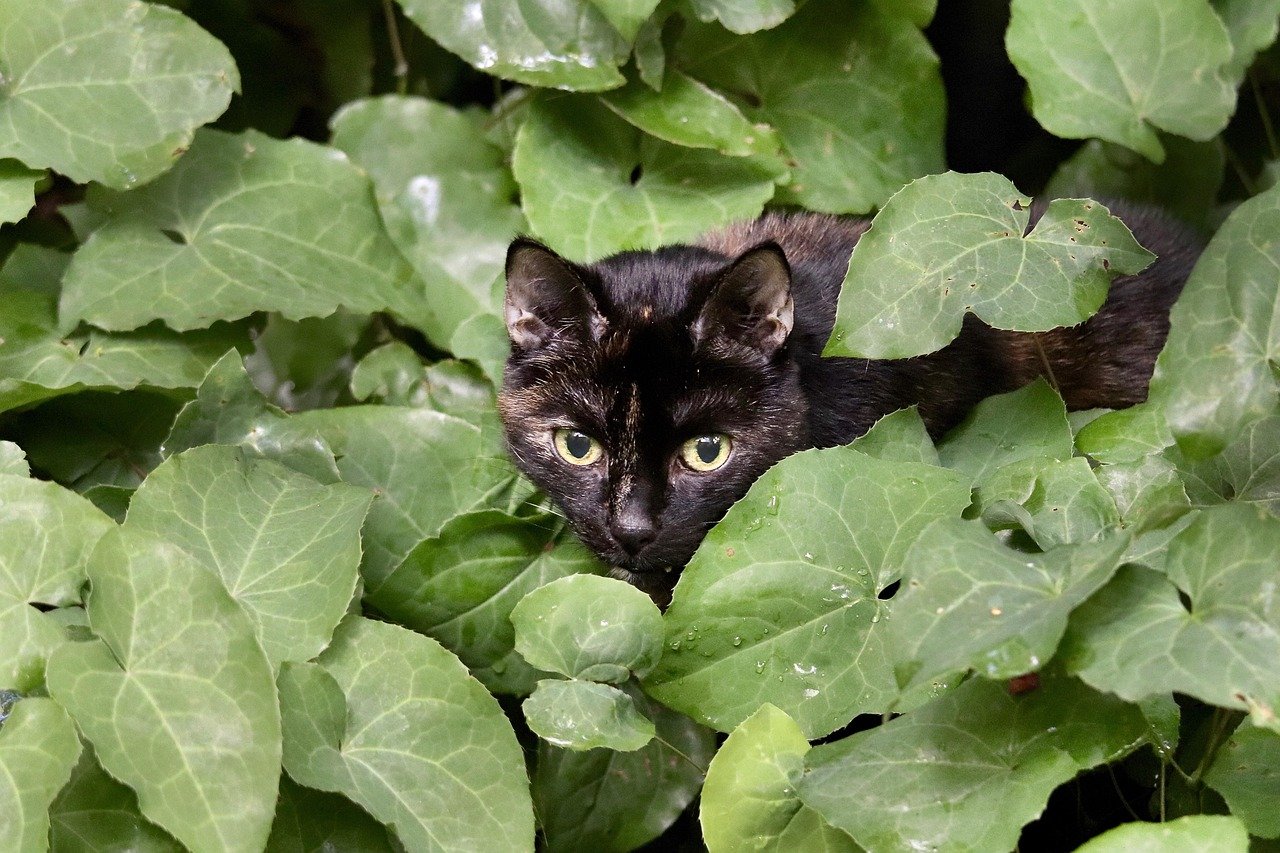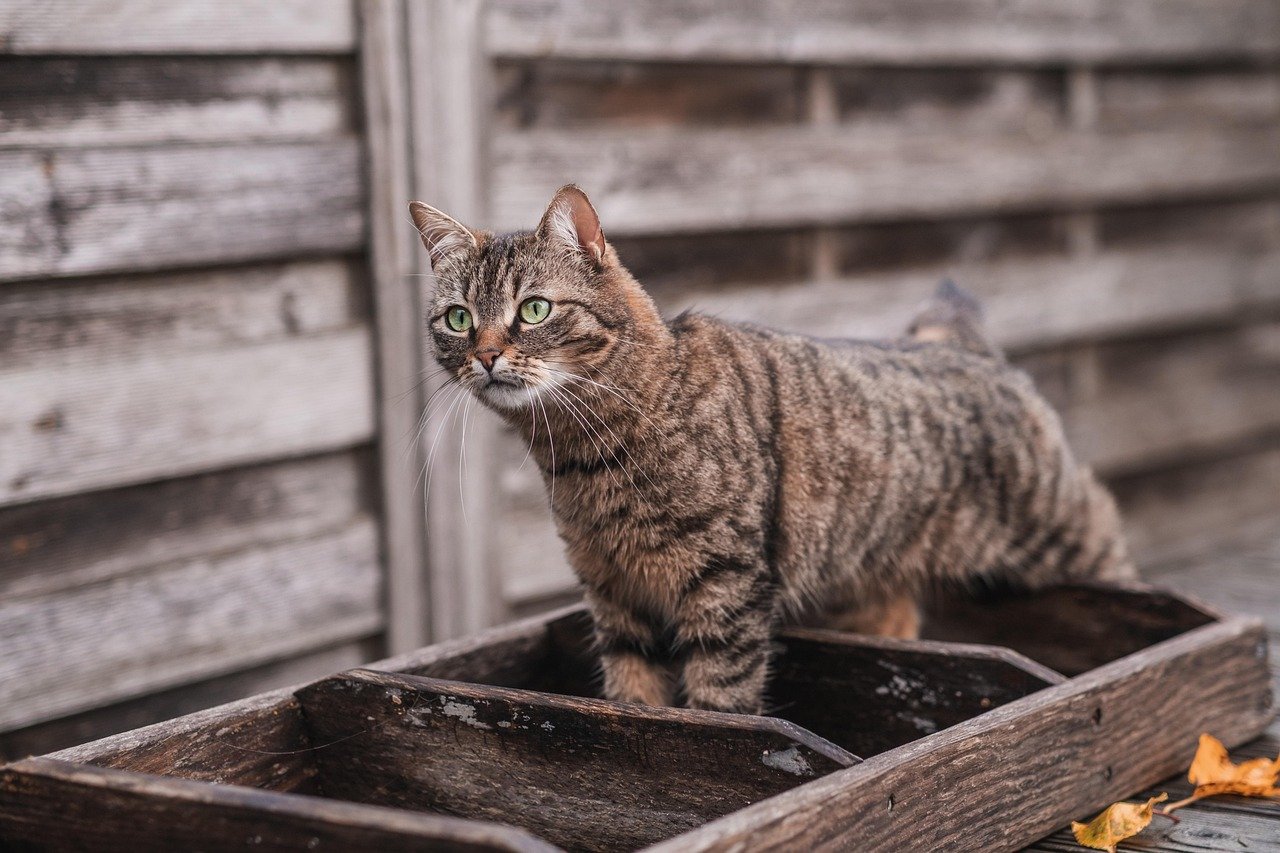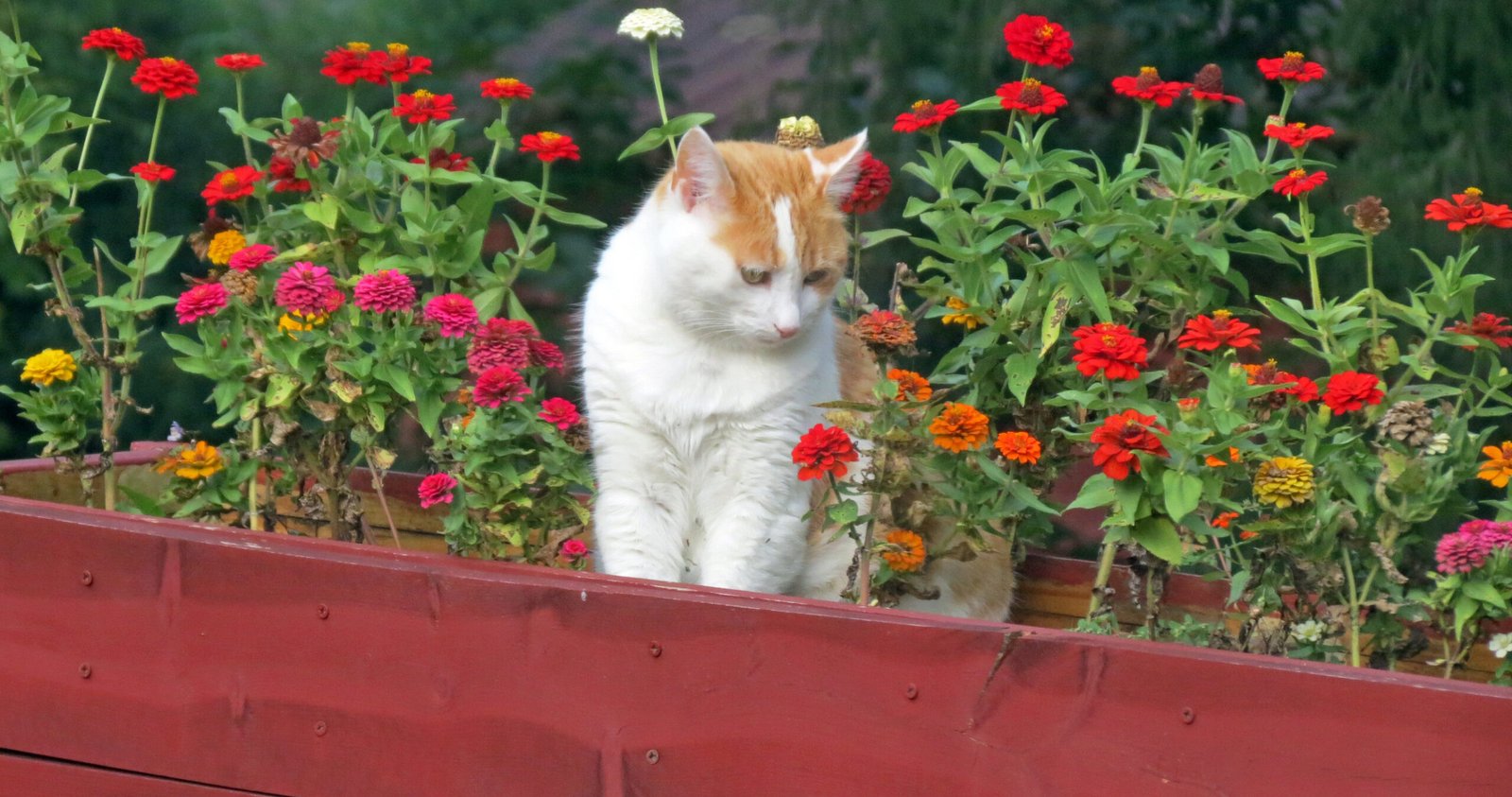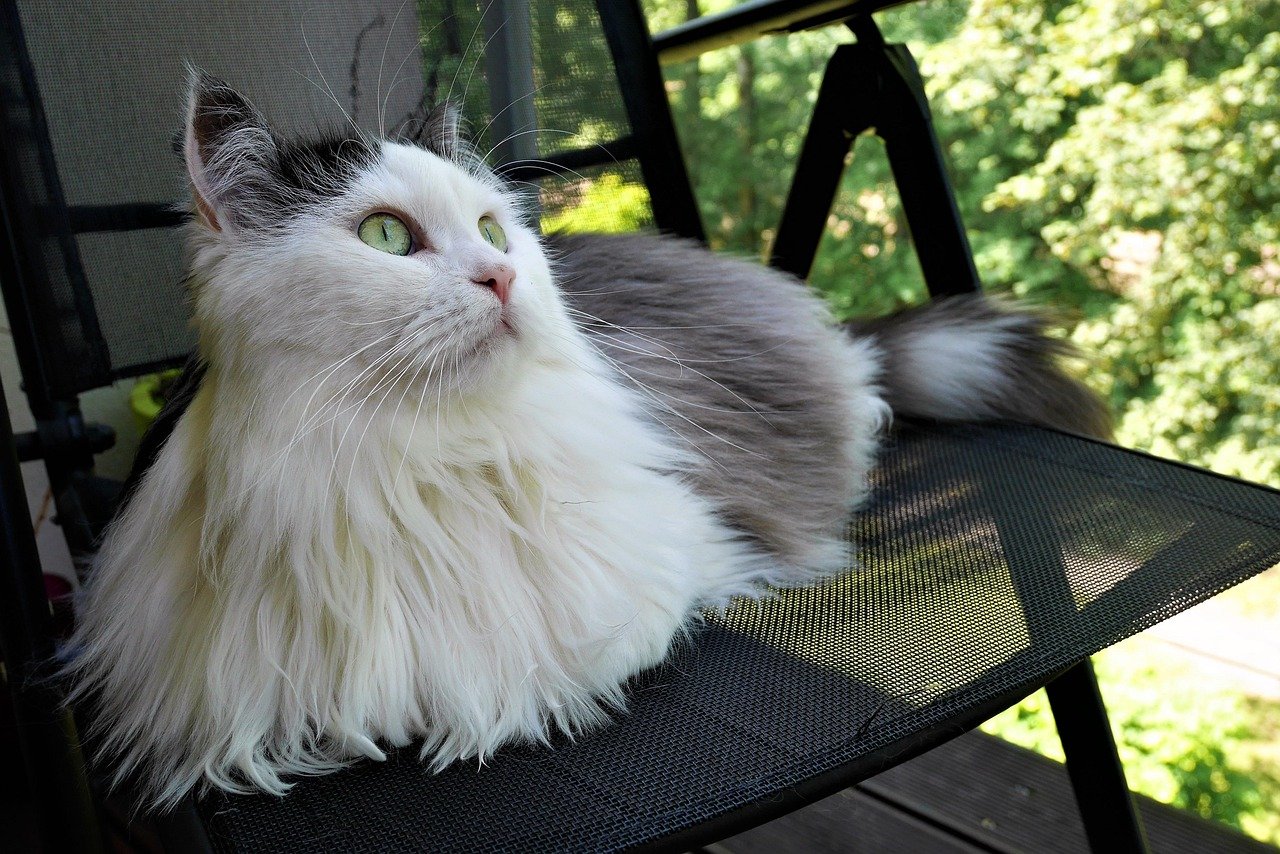Have you ever watched a cat discover a cardboard box and leap inside with the excitement of a child on Christmas morning? It’s almost magical, a little bit hilarious, and strangely universal. Whether it’s a shoebox, a shipping box, or even just the lid, cats everywhere seem to be enchanted by these humble containers. But why? What’s really going on in their mysterious feline minds? Let’s dive deep into the enchanting world of cats and their boxes, and uncover the secrets behind this adorable obsession.
The Universal Cat-Box Phenomenon

No matter where you are in the world, the sight of a cat squeezing into a box is something almost every cat owner can relate to. It doesn’t matter if your cat is old or young, big or small—boxes are irresistible. Even the most regal, aloof feline can be reduced to a goofy kitten by the lure of a cardboard cube. It’s a charming mystery that unites cat lovers everywhere, making us question what it is about boxes that cats can’t resist. Some people even joke that if you want to find your lost cat, just leave an empty box out. The odds are, you’ll find your furry friend curled up inside before long.
Evolutionary Roots of the Box Obsession

Believe it or not, the answer to cats’ box obsession goes way back to their wild ancestors. In the wild, cats would seek out enclosed spaces to hide from predators and ambush their prey. This instinct for safety and stealth hasn’t left the modern house cat. A box gives them that perfect hidey-hole where they feel secure and in control. It’s a throwback to a time when every hiding spot could be the difference between life and death. Even though your living room is (hopefully) predator-free, your cat’s instincts are still hardwired for survival.
Boxes as Safe Havens

A box is more than just a plaything—it’s a sanctuary. Cats are naturally anxious creatures, always alert for danger. The four walls of a box give them a sense of security and privacy. When life gets overwhelming—maybe the vacuum is running, or there are strangers in the house—a box can be a comforting escape. Think of it as their own little “panic room,” a cozy fortress where the world can’t get to them. When a cat disappears into a box, it’s not just cute—it’s a sign they’re seeking a moment of peace.
The Perfect Temperature Regulation

Cats love warmth, and cardboard boxes are surprisingly good at holding in heat. The snug fit traps body heat and creates a cozy microclimate. This is especially important for cats, who naturally love to lounge in sunbeams or curl up near heaters. A box offers that same toasty comfort, and sometimes you’ll even see two cats crammed into one box just to soak up the extra warmth. It’s a bit like us curling up under a blanket on a chilly night—simple, comforting, and irresistible.
Stress Reduction and Comfort

Studies have shown that boxes can actually help reduce stress in cats. When given a new box, cats often become calmer and more relaxed. For shelter cats, a box can mean the difference between constant anxiety and a sense of safety. It’s almost like a security blanket. If you’ve ever noticed your cat hiding in a box during thunderstorms or when guests come over, they’re using that space to self-soothe and manage their stress.
Curiosity and Playfulness

Cats are naturally curious creatures, always wanting to explore new things. A box offers a world of possibilities—something to jump in, hide behind, or attack from. For kittens and playful adults alike, boxes become instant playgrounds. They love to peek out from the edges, pounce on invisible enemies, or just roll around inside. It’s a simple object that sparks imagination and play, keeping cats entertained for hours on end.
The Appeal of Tight Spaces

Have you ever tried to fit into a space that’s much smaller than you are, just because it looked cozy? Cats seem to take this to a whole new level. They love squeezing themselves into boxes that seem impossibly tiny. This isn’t just for fun—it’s an instinctive behavior. Tight spaces make cats feel safe and protected, almost like being back in the womb. Even if it looks uncomfortable to us, for cats, it’s the ultimate comfort zone.
Boxes as Hunting Grounds

A box isn’t just a hiding place—it’s also the perfect spot to stage an ambush. In the wild, cats would use dense brush or hollow logs to sneak up on prey. At home, a box serves the same purpose. You’ll often see your cat lurking in a box, just waiting for a toy (or your unsuspecting foot) to come by. Then, in a flash, they pounce with all the drama of a jungle predator. It’s a way for your indoor cat to tap into their wild side, right from the living room floor.
Protection From Overstimulation

Life in a busy household can be overwhelming for a cat. Loud noises, too many people, or even just too much attention can send them running for cover. A box provides a safe retreat where they can decompress. It’s a bit like having your own room to escape to when you need a break from the world. For cats, this private space is essential for their well-being, helping them avoid sensory overload and stay happy.
The Scent Factor

Cats are highly sensitive to smells, and boxes can pick up all sorts of interesting scents. When a box enters your home, it brings with it new smells from the outside world. Cats love to investigate and rub their faces on the corners, marking the box with their own scent. This helps them feel more at home and claim the box as their own. It’s a bit like us settling into a new couch and making it part of our living space.
A Tool for Social Hierarchies

If you have more than one cat, you’ve probably seen some subtle (or not-so-subtle) competition over who gets the best box. Boxes can become prized territory, and cats will often take turns or even squabble over them. This is part of how cats establish social hierarchies in a multi-cat household. The box becomes a throne, and whoever occupies it gets a boost in status—at least until someone else claims it.
Encouraging Exploration and Exercise

Boxes aren’t just for lounging—they’re also great for encouraging cats to move around. Chasing toys in and out of a box, leaping over the sides, or playing hide-and-seek all help cats stay active. For indoor cats especially, this kind of play is important for their health and well-being. A box can turn a lazy afternoon into a lively adventure, giving your cat the exercise they need to stay fit.
A Remedy for Boredom

Cats can get bored, especially if they’re left alone for long stretches of time. A simple box can provide hours of entertainment, staving off boredom and keeping them mentally stimulated. You might notice your cat inventing new games, turning the box upside down, or even shredding it to pieces. Each box is a blank canvas for feline creativity—a new world to explore every time.
The Joy of Destruction

Let’s face it—cats love to destroy things. Boxes are the perfect outlet for this destructive urge. Unlike your favorite sofa or curtains, a cardboard box is fair game. Cats will scratch, bite, and tear at the cardboard, satisfying their need to chew and claw. It’s messy, but it’s also completely natural. Giving your cat a box to destroy can help protect your furniture and keep those sharp claws busy.
Satisfying Their Inner Explorers

Every cat has a bit of an adventurer inside. Boxes tap into this sense of exploration, offering a new space to investigate. You might see your cat cautiously sniffing the box, peering inside, and then finally leaping in with gusto. It’s a mini adventure every time—a journey into the unknown, right in your own home. This spirit of exploration keeps cats curious, happy, and mentally engaged.
Boxes as Observation Posts

Cats love to watch the world go by, and a box gives them the perfect vantage point. Whether it’s spying on the dog, keeping an eye on the kids, or just observing the daily household drama, a box offers a hidden spot to watch without being seen. It’s like having their own private lookout tower, where they can monitor everything in comfort and style.
Boxes and Feline Independence

Cats value their independence, and a box gives them a space that’s all their own. Unlike dogs, who often seek out constant companionship, cats like to have a place to retreat to. A box is a symbol of that independence—a spot where they can be alone on their own terms. It’s a small thing, but it means a lot to your cat.
Boxes as Temporary Hideouts

Sometimes, cats just need a change of scenery. A box offers a temporary hideout, a place to escape from the usual routine. Whether it’s hiding from the vacuum cleaner, escaping a playful puppy, or just wanting a new spot to nap, boxes provide a flexible, movable sanctuary. They can be set up anywhere, giving your cat endless options for private retreats.
Boxes and the Bond With Owners

Believe it or not, boxes can help strengthen the bond between cats and their humans. When you give your cat a new box, you’re offering them a gift that they truly appreciate. Watching your cat enjoy their new play space can be a simple, joyful way to connect. It’s a reminder that sometimes, the best things in life really are free—and right in your recycling bin.
Why Some Cats Ignore Boxes

While most cats go wild for boxes, there are always a few rebels who just aren’t interested. Maybe the box isn’t the right size, or perhaps your cat prefers bags, baskets, or even dresser drawers. Every cat is unique, with their own quirks and preferences. If your cat turns up their nose at a box, don’t worry—they probably just have their own special tastes.
DIY Fun: Creating the Ultimate Cat Box

If you want to take your cat’s box experience to the next level, try making a custom box playground. Cut holes in the sides, stack them into towers, or add some soft blankets inside. Get creative and watch your cat explore their new kingdom. You don’t need fancy toys or expensive furniture—just a little imagination and a few sturdy boxes. Your cat will thank you with purrs, head-butts, and endless entertainment.
Hi, I’m Bola, a passionate writer and creative strategist with a knack for crafting compelling content that educates, inspires, and connects. Over the years, I’ve honed my skills across various writing fields, including content creation, copywriting, online course development, and video scriptwriting.
When I’m not at my desk, you’ll find me exploring new ideas, reading books, or brainstorming creative ways to solve challenges. I believe that words have the power to transform, and I’m here to help you leverage that power for success.
Thanks for stopping by, Keep coming to this website to checkout new articles form me. You’d always love it!





